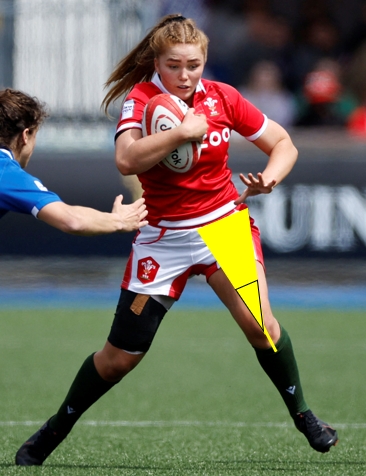Athlete voices in sports injury: The untapped resource
Sports injury research is clinical, impartial, and objective. It reduces athlete injuries to numbers and figures, removing the stories of the athletes and the context behind the injury. Practitioners are informed about the prevalence, incidence, and severity of injuries – but never about who the athletes are and why these injuries matter to them. But what if the athlete stories are the essential part of research?
Recently, a new approach to sports injury prevention research has emerged, and it is changing the way we think about sports injury. For the first time, researchers are applying qualitative methods to injury research, and they have generated an astounding amount of support as a result.
Qualitative research relies on data obtained by the researcher through first-hand observation, interviews, questionnaires, and other non-numerical sources of information. Qualitative researchers try to understand ‘why’ things happen, and they do so using one of the most sensible tools available – they ask! They aim to understand the athlete experience and uncover detail regarding the injury experience that isn’t visible through counts and percentages. The famous saying goes, “Not everything that matters can be measured.”
Why do athlete stories matter? A recent British-Canadian qualitative research collaboration questioned the conventional logic surrounding why female athletes are more susceptible to ACL injuries than men(1). The traditional explanation is that females have larger q-angles than men, which places them at a biomechanical disadvantage during landing and changing direction tasks, predisposing females to injury (see figure 1). However, this paper challenges this view as a highly gendered assumption.

The researchers point out that females have a very different sports experience to males during their developmental years. As a result of a largely gendered approach, young females are often encouraged to play other sports than males and are prepared for these sports very differently. It is still relatively uncommon to find female athletes exposed to strength training during their adolescent years. Furthermore, due to the gendered nature of facilities like gyms, women often don’t feel comfortable doing resistance training in the section of the gym traditionally dominated by men. The 2021 NCAA March Madness basketball tournament demonstrated the shameful disparity in providing training facilities for men and women.
To read the full article visit - https://www.sportsinjurybulletin.com/anatomy/anatomy/athlete-voices-in-sports-injury-the-untapped-resource